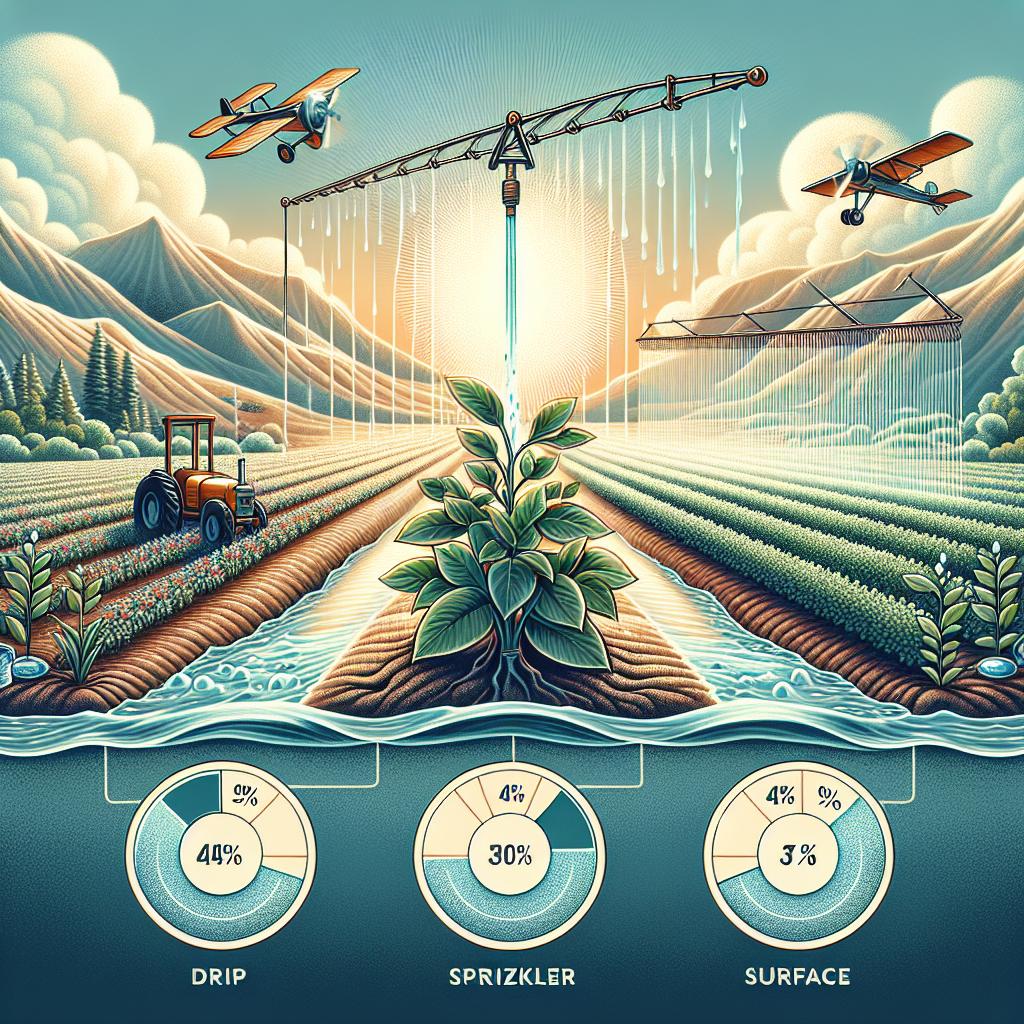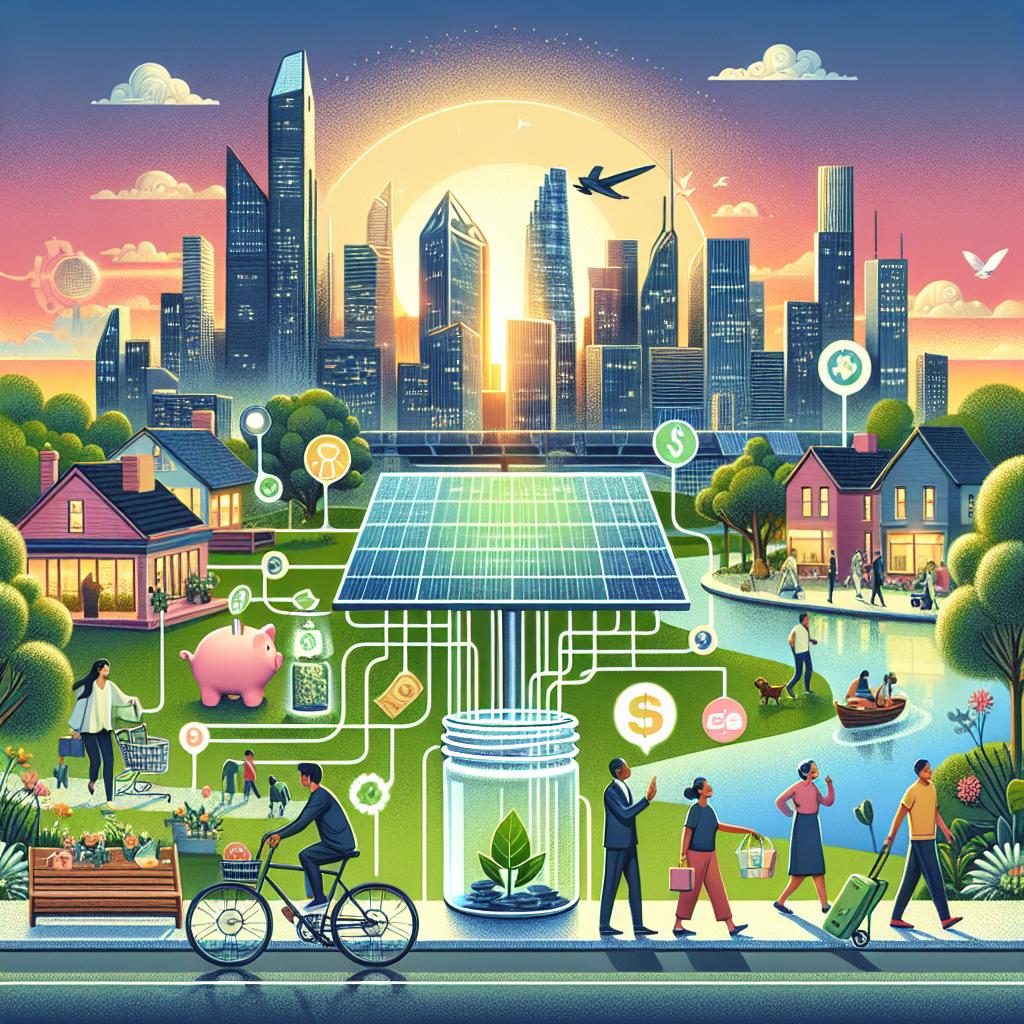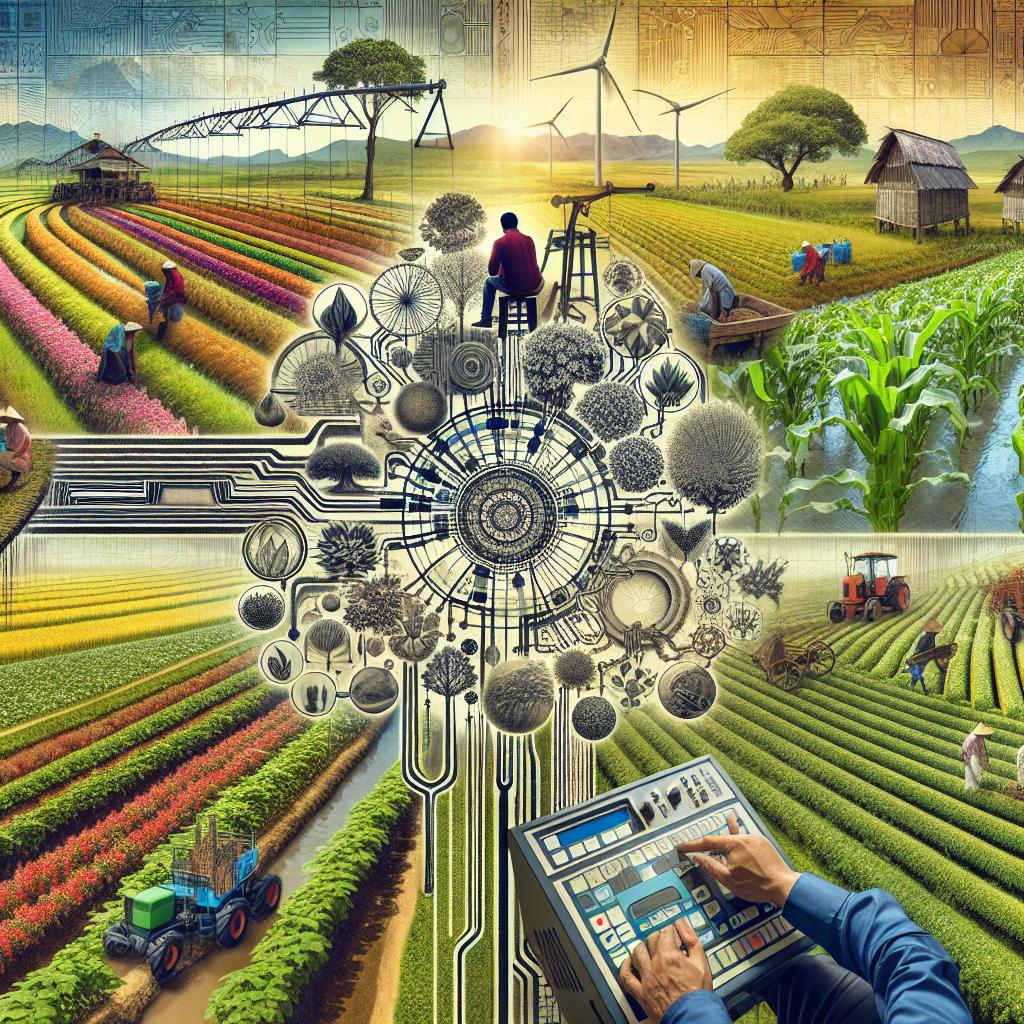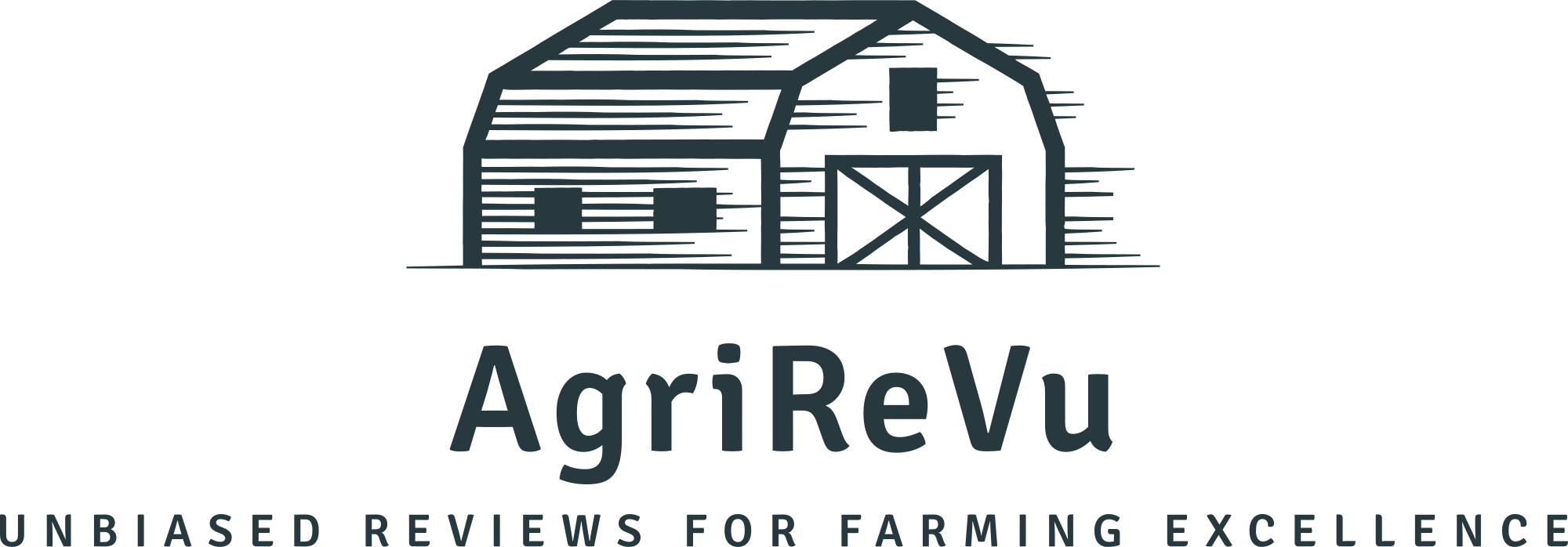This post may contain affiliate links which means I may receive a commission for purchases made through links. Learn more on my Private Policy page.
Evaluating the Long-Term Cost Effectiveness of Different Irrigation Systems
In a world where every drop counts, the art of irrigation has never been more essential. Whether you’re a seasoned farmer nurturing a sprawling field or a novice gardener tending to a manageable patch of greens,the method you choose for watering your crops can significantly impact your wallet adn the environment. With the advent of new technologies and a growing awareness of sustainability, the landscape of irrigation is evolving at a rapid pace, presenting both exciting opportunities and daunting challenges.
This journey through the realms of drip, sprinkler, and surface irrigation systems is not just about comparing efficiencies and costs; it’s about understanding how the right choices today can lead to bountiful harvests tomorrow. As we step into this exploration, we’ll dive into the nuts and bolts of each system, weighing their initial investments against long-term savings and environmental benefits. So, whether you’re looking to maximize your yield while minimizing costs or simply curious about how to make your gardening practices more lasting, join us as we uncover the secrets to making informed decisions that will nourish both your land and your budget in the years to come.
Assessing the True Value: A Deep Dive into Initial Investments and Payoff Cycles
When evaluating the financial implications of various irrigation systems, it’s crucial to dissect both the initial investments and the payoff cycles. Each system comes with its unique cost structure, influencing long-term viability. Consider the following elements that typically contribute to the early expenditure:
- Equipment costs: The price of pumps, sprinklers, and installation materials.
- Energy requirements: long-term electricity or fuel costs to operate the system.
- Maintenance needs: Regular upkeep required to ensure efficiency and longevity.
Assessing these factors allows stakeholders to project potential savings and productivity enhancements. The real value of an irrigation system unfolds through its payoff cycle, reflecting how quickly the initial investment recoups itself through:
- Increased crop yields: More efficient water usage can lead to healthier plants and greater harvests.
- Water savings: Advanced systems can significantly reduce water wastage.
- Labor reduction: Automation can decrease labor costs associated with traditional watering techniques.
| System Type | Initial Investment ($) | Annual Savings ($) |
|---|---|---|
| Drip Irrigation | 3,000 | 1,200 |
| Sprinkler System | 2,500 | 800 |
| Surface Irrigation | 1,500 | 400 |
Understanding the balance of these financial inputs against the promise of returns helps decision-makers choose systems with the moast enduring advantages, leading to a thriving agricultural future.

Water Wisdom: Unpacking the Efficiency of drip, Sprinkler, and Surface Irrigation Options
When it comes to maximizing agricultural productivity while minimizing water waste, the choice of an irrigation system is crucial. Each option has distinct advantages and trade-offs worth exploring. Drip irrigation, known for its precision, delivers water directly to the plant’s roots.This targeted approach not only improves water efficiency by up to 90%, but also reduces the growth of weeds and diseases, ultimately leading to healthier crops. On the other hand, sprinkler systems offer versatility and can cover large areas, making them suitable for varying terrain and crop types. Their effectiveness hinges on careful scheduling to avoid evaporation losses and maximize rainfall utilization.
in contrast, surface irrigation is often the most traditional method, utilizing gravity to distribute water across fields. While it’s generally less expensive to install, it can lead to uneven water distribution and higher evaporation rates if not managed properly. To objectively compare the cost-effectiveness of these systems, consider the following factors:
| System type | initial Cost ($) | Water efficiency (%) | Maintenance Required |
|---|---|---|---|
| Drip Irrigation | High | 90 | Low |
| Sprinkler System | Medium | 70 | Medium |
| Surface Irrigation | Low | 60 | High |
By weighing these factors alongside specific agricultural needs and local water conditions, farmers can make informed decisions that ensure not only profitability but sustainability over the long term. Adopting the right irrigation system can ultimately lead to more resilient farming practices that conserve water while enhancing crop yields.

Sustainability Meets Savings: How Choosing the Right System Can Benefit Your Bottom Line
When it comes to maximizing both environmental benefits and financial sustainability, selecting the right irrigation system can be a game changer. Modern irrigation techniques not only enhance water conservation but also contribute to critically important cost savings over time. By implementing systems that utilize
advanced technology, such as smart controllers and drip irrigation, farmers and landowners can experience:
- Reduced Water waste: Targeted watering ensures that crops receive the exact amount of water needed, preventing excess runoff and evaporation.
- Lower Energy Costs: Efficient systems minimize the need for energy-intensive pumps, reducing utility bills.
- Decreased Labor Expenses: Automated systems require less manual oversight, freeing up resources that can be allocated elsewhere.
Moreover,incorporating sustainable practices can enhance crop yields and improve soil health,directly impacting profitability. By understanding the long-term implications of different irrigation options, landowners can make informed decisions that align with their financial goals. Consider the following comparison table for insight into the initial investment versus maintenance costs:
| Irrigation System | Initial Investment | Annual Maintenance Cost |
|---|---|---|
| Drip Irrigation | $$$ | $$ |
| Sprinkler System | $$$ | $$$ |
| Soaker Hoses | $ | $ |
By evaluating such metrics, it becomes evident that while some systems may have a higher upfront cost, their longevity and efficiency can lead to considerable savings.Choosing wisely amplifies not only your bottom line but also supports a more sustainable future for our agricultural practices.

Tailored Solutions: Customizing Irrigation Approaches for Diverse Agricultural Needs
in today’s diverse agricultural landscape, understanding that one size does not fit all is crucial.farmers face unique challenges that require tailored irrigation solutions to optimize water usage and enhance crop health. By leveraging precision agriculture technologies, such as soil moisture sensors and automated irrigation systems, growers can implement strategies that align specifically with their climatic conditions, soil types, and crop requirements. This approach not only boosts productivity but also ensures sustainable water management through practices that are agile and adaptable.
To further assist farmers in selecting the most effective irrigation system, a comparative analysis can be extremely beneficial. Consider the following options that illustrate the potential cost-saving benefits over time:
| Irrigation System | Initial Investment | Operational Costs (Annual) | Average Yield Increase (%) |
|---|---|---|---|
| Drip Irrigation | $2,000 | $300 | 30% |
| Sprinkler System | $1,500 | $600 | 20% |
| Surface Irrigation | $1,000 | $400 | 10% |
Implementing a customized irrigation strategy allows farmers to save not only financially but also operationally, ensuring their methods are as efficient as possible. With these insights,farmers can make enlightened decisions rooted in a thorough understanding of their specific needs while also aligning with best practices for conservation and sustainability.
Concluding Remarks
As we wrap up our exploration of the long-term cost-effectiveness of various irrigation systems, it’s clear that making informed choices isn’t just about saving a few bucks on your water bill. It’s about cultivating a sustainable future for our farms, gardens, and communities. Each irrigation method comes with its own set of benefits and challenges, akin to selecting the right tool for a specific task in the vast toolbox of agriculture.
Whether you lean towards traditional techniques or modern innovations, consider how your choices ripple through the ecosystem—not only minimizing costs but also fostering better soil health and conserving precious water resources. After all, irrigation isn’t just the lifeblood of crops; it’s a commitment to nurturing our environment.
So, the next time you step out into the field, take a moment to reflect on your irrigation strategy. Remember, a little foresight today can lead to a bountiful harvest tomorrow. Thank you for joining us on this journey of discovery—here’s to responsible irrigation and a flourishing future for all! Happy planting!
This post may contain affiliate links which means I may receive a commission for purchases made through links. Learn more on my Private Policy page.

